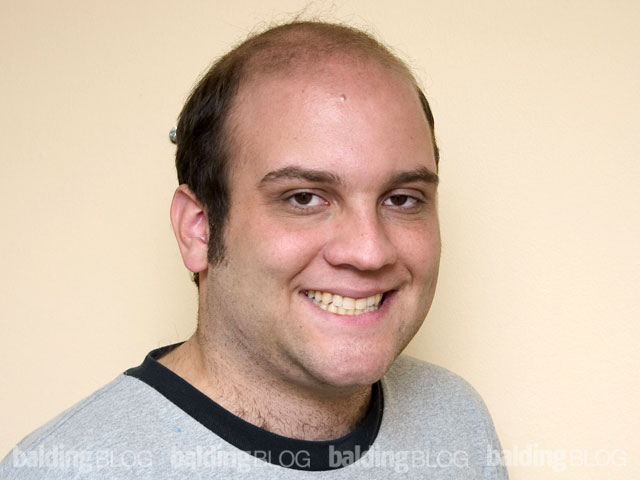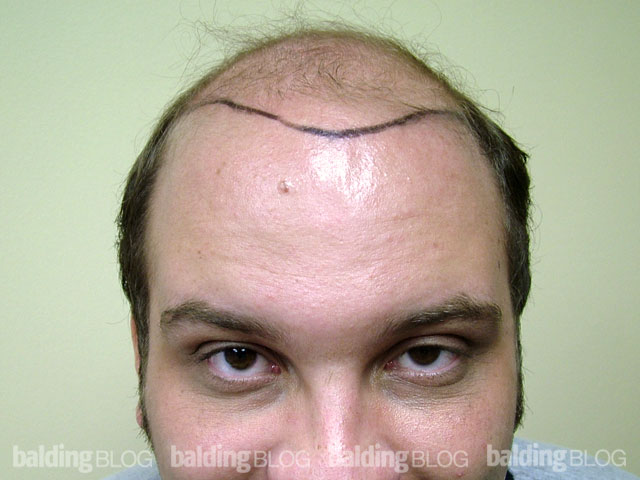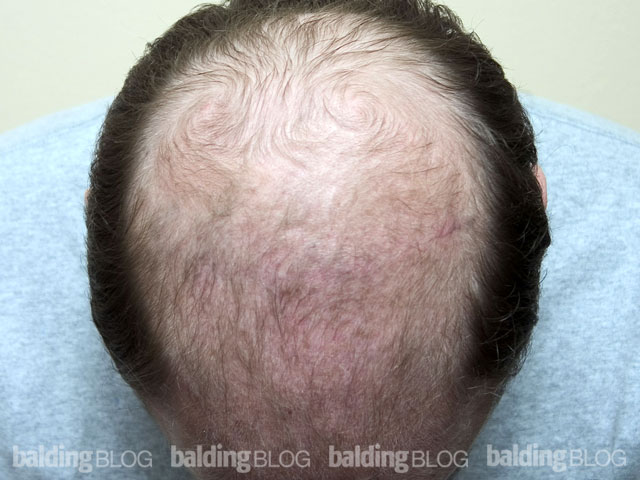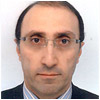There is little doubt that the ARTAS robotic System is less stressful for the surgeon than than the manual Folliclar Unit Extraction (FUE). Some of our patients are driven by the technology as we have seen some of them ask for the ARTAS robotic system. We offer both the manual and the ARTAS FUE for our patients at the exact same price of $8/graft at this time. From a quality perspective, both techniques are identical. We have been doing FUE since the mid-1990s, so we are pretty good at it. The manual FUE in Dr. Pak’s hands is a faster procedure when compared to the ARTAS system making for a shorter surgery.
Please comment in our comment section and ask more questions about these two FUE procedures. If we are doing an ARTAS FUE on the day you visit us, ask if you can see it in action and if the patient agrees to allow visitors, we will let you observe the ARTAS in action. For more about the ARTAS robotic system go here: https://newhair.com/procedures/fue/fue-artas-robot-robotic-fue-surgery/

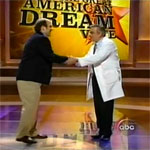 I received quite a few emails today from readers of Balding Blog that saw me on the new
I received quite a few emails today from readers of Balding Blog that saw me on the new 